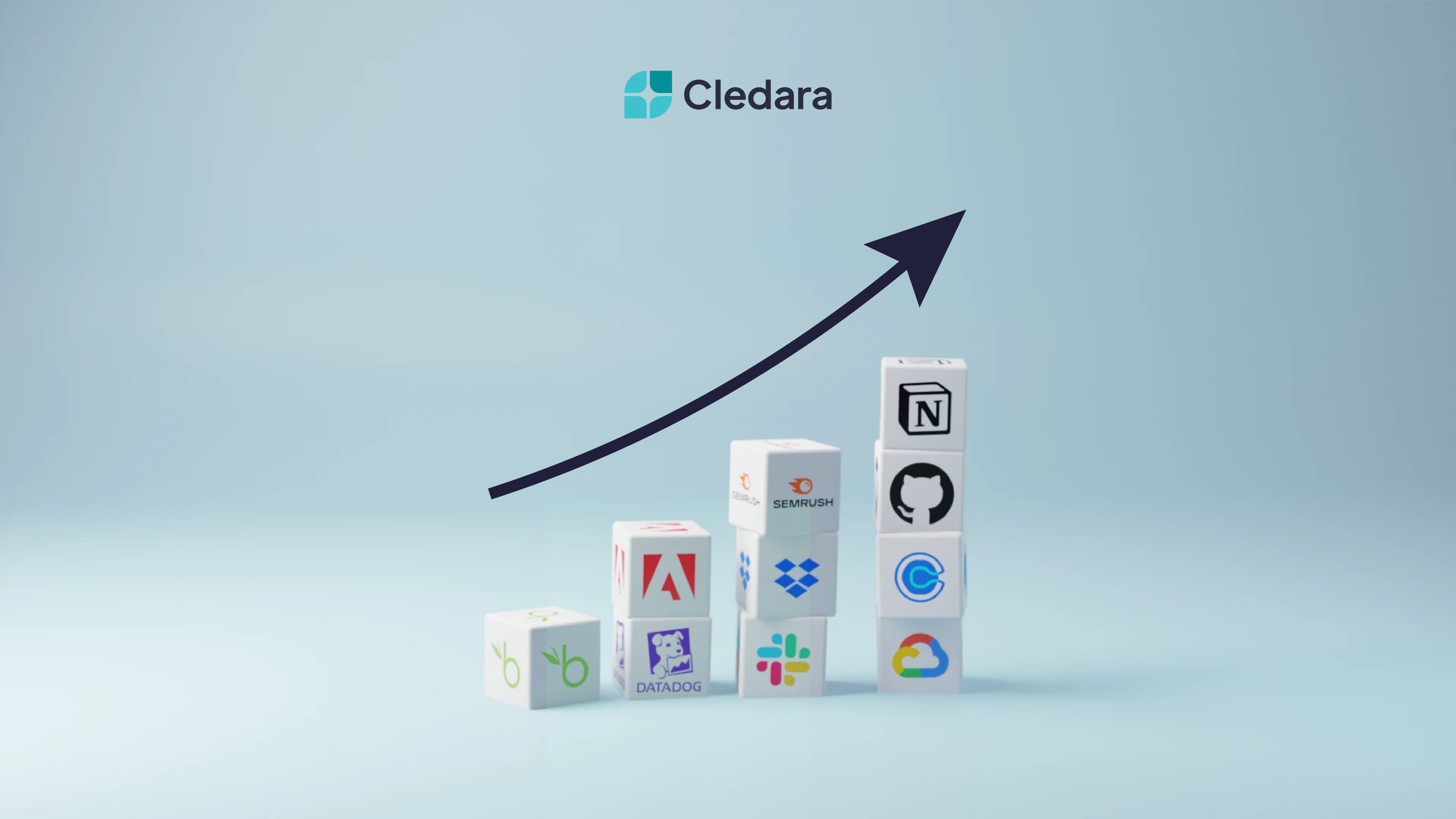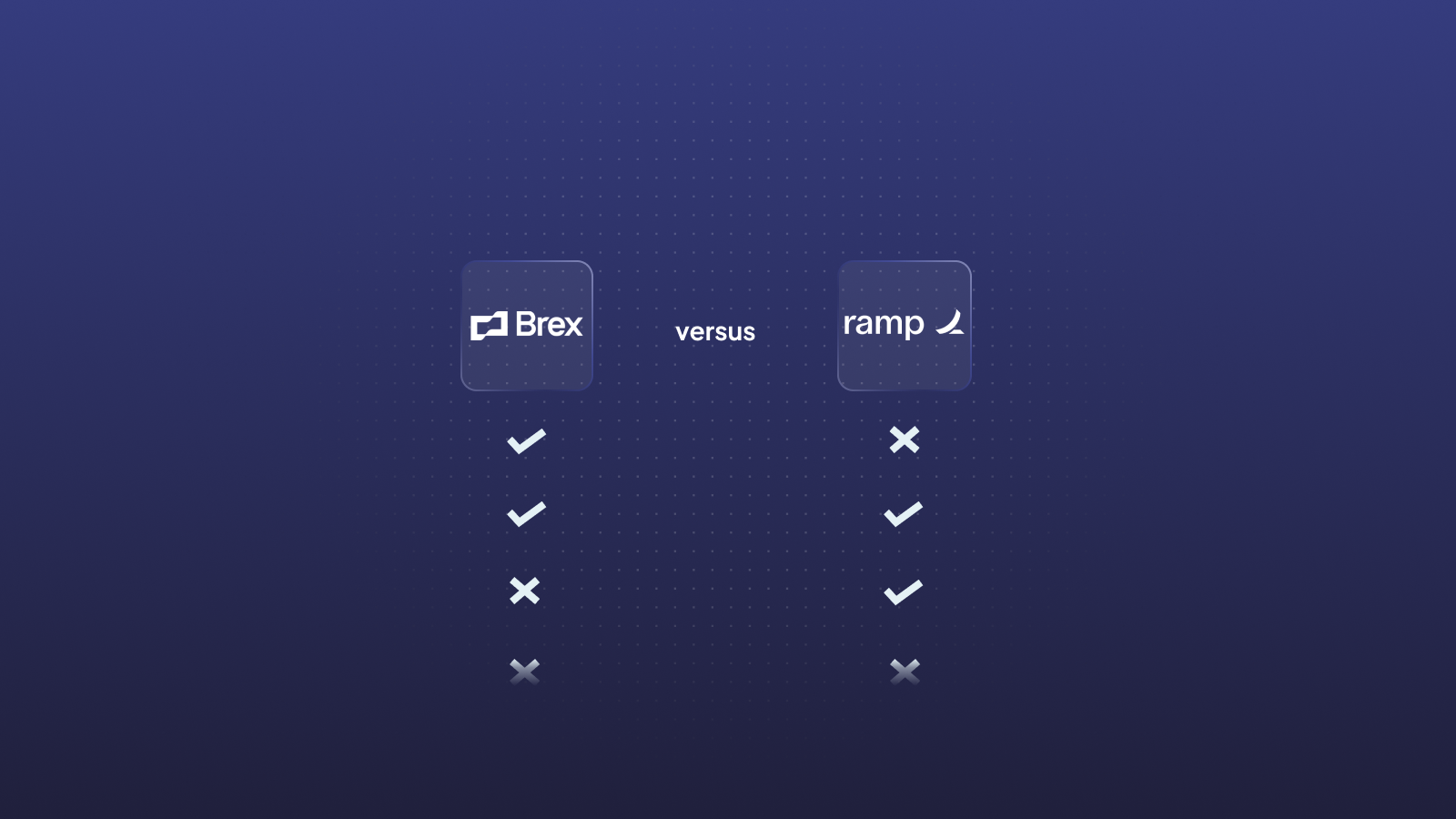Yesterday on the first day of Saastr Europa, Jason Lemkin, the founder and CEO of the community, highlighted that 2023 marks the first time in a decade that operating in SaaS has become more challenging.
Lemkin shared the chart below from BVP’s Cloud Index, which shows the overall growth of markets, with the blue line being public cloud stocks and their stock prices. You can see the SaaS flash crash in 2016, where CIOs stopped buying SaaS. And the initial March 2020 drop off, recovery, and then stratospheric rise:

He reflected on the past few years, and observed how SaaS transformed from a niche market to a mainstream sector. With the period from 2011 to 2016 seeing SaaS transitioning from being a complex and little-understood model to a relatively easier market to navigate. This transformation was primarily driven by greater market acceptance and understanding of SaaS products. By 2018, the industry had begun to enjoy an unprecedented level of ease and success, with a wave of new unicorns emerging.
Shifts in the Market**
Then a significant shift occurred around 2020 and 2021. The lockdown era caused by the pandemic led to an explosive increase in demand for SaaS products, a phenomenon that Lemkin described as "too easy".
The year 2022 brought significant changes and challenges. As public markets began to plummet, late-stage investment deals started drying up, gradually trickling down to earlier stages as the year progressed. This market contraction led to a considerable decrease in SaaS valuations and consequently, a steep decline in SaaS Series A deals.
The Great Flattening**
Entering 2023, the SaaS market is now experiencing what Lemkin refers to as a “flattening”. Public markets have somewhat stabilized, and SaaS company valuations, on average, are hovering around five to six times their revenue. While this may feel like a downturn after the explosive growth of the past few years, Lemkin argues it’s simply a return to a more realistic market scenario.
Looking ahead, Lemkin suggests that companies need to embrace these changes and adapt their strategies accordingly. Rather than pining for the hyper-growth of the past, he urged founders and teams to get back to the roots of SaaS. By creating products that are 10 times better than existing offerings and finding ways to disrupt the budget of potential customers.
Growth is Down by a Third Overall**
According to data Lemkin shared, growth has slowed by about one-third in this period. This doesn't mean growth has stopped altogether; rather, it's become more challenging:


Sales targets have become harder to reach, closing deals require more effort, and marketers are tasked with developing a more robust pipeline. Founders are grappling with this shift, and it's speculated that this could result in a significant churn in personnel and strategies. The data suggests we are possibly entering a phase of increased efficiency and possibly decreased profitability, a shift from the norm of past years.
Increased Efficiency**
HubSpot is an example of this trend, crossing $2 billion in revenue, seeing its net margins increase dramatically in the past year:

Monday.com, managed to grow 50% despite a flat headcount, leading to an improvement in its bottom line:

The question looming over the industry now is whether this trend will persist. Efficiency might become a new hallmark for SaaS companies, requiring a reassessment of metrics and strategies. However, some argue that if the market rebounds, this might just be a temporary phase.
Despite the overall slowdown, top quartile SaaS companies are still experiencing growth. The rate of growth has indeed slowed, but it hasn't come to a halt. The growth decline has sparked discussions on the need for companies to offer more valuable products and services, and the need to secure and retain their product-market fit.
Fundraising Landscape**
Lemkin shared data showing a dramatic 80% fall in venture capital. This poses a significant challenge for founders seeking to raise a seed or series A round. It's clear that despite the challenges, founders are expected to demonstrate impressive growth rates. Those not growing at a rate that can compound to a hundred million in a venture capitalist’s desired timeframe are unlikely to secure funding.

Indeed, the math of fundraising has become stricter. While existing investors may understand the impacts and offer extra funding, new investors will not be so forgiving. They need a clear pathway to a return on their investment. This stark reality is causing significant stress in the venture community and making it harder for startups to secure new investment.
Double, Double, Toil and Trouble**
The rule of thumb in this new reality? Triple, triple, double, double - you have to triple from $1 million to $3 million, triple again from $3 million to $9 million, then double from $9 million to $18 million, and again from $18 million to $36 million. This trajectory can get a company to $100 million in seven to ten years, a benchmark for venture capitalists.
Moreover, the purchasing behavior in SaaS has dramatically shifted. The budget for SaaS purchases has moved up the chain to senior management and CFOs, making the buying process more under scrutiny. Yet, the market is still growing, with predictions that SaaS will grow 18% in spend this year and next.
The Shift in Market Multiples**
A challenge for SaaS companies in the coming year are revenue multiples. In this climate, founders need to become experts in multiples and adjust their growth plans and fundraising strategies accordingly. The SaaS market is in a state of flux, and there is no evidence to suggest that it will get any easier.
It's important to understand the shift in market multiples. Previously, we saw companies valued at 40x, with companies like Snowflake even reaching 80x. However, today, those numbers are hard to come by. The multiples have experienced a reset, returning to the levels before the market run-up. With the average multiple now hovering around 6-7x, late-stage investors find it nearly impossible to make money. If this remains, raising capital will be even more challenging. This is affecting the value of unicorns of the past few years, with many no longer worth their peak valuations.
The Challenge for Sales**
For sales teams, particularly account executives (AEs), the change is also felt deeply. Many are disgruntled, facing the reality of earning less than they did in the previous years. The current market dynamics are demanding sales to return to real-world numbers — efficiency is key. For an AE to justify their earnings, they need to be closing significant multiples of their own cost to the company.
The Pressure on Founders**
In this environment, founders face immense pressure. There is a need to tighten the belts, but cutting indiscriminately isn't a solution. Efficiency is critical, and that means spending wisely. Founders have to continue investing in growth and especially in marketing. Companies that cut their marketing budgets are likely to face a significant shortfall in their pipelines by the end of the year.
The Rise of AI**

Lemkin highlighted the interest in AI startups. Venture capitalists are eager to fund companies that can demonstrate rapid growth by displacing large numbers of jobs through AI. However, there's a potential overinvestment risk here as the pace of AI funding accelerates.
SaaS is still Growing**

While the current times are challenging, there is potential for a rebound. If public company multiples start inflating again, that would open up more opportunities for startups and reinvigorate venture capital activity.
With a measured approach, an eye on efficiency, and an awareness of market trends, startups can navigate these changes successfully.
Pickup a SaaS Survival Kit at Booth 110**

Stay tuned for more insights from Saastr Europa, and if you're there, pickup your SaaS survival kit at booth 110! See you soon.












.webp)


.webp)
.webp)



%2520(1).webp)
.webp)

.webp)